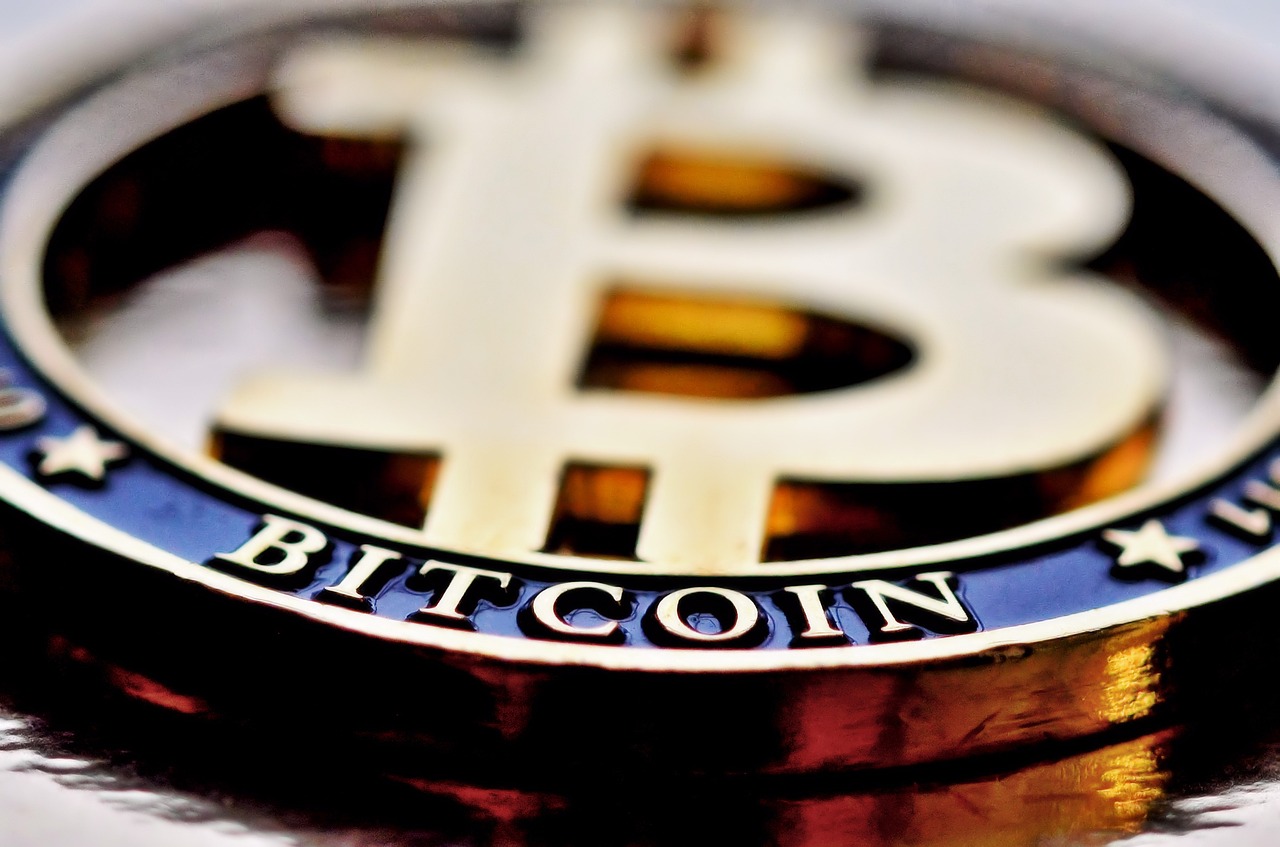Investment Advisors Quickly Adopt Spot Bitcoin ETFs
11.09.2024 21:00 1 min. read Kosta Gushterov
Bitwise's Chief Information Officer (CIO), Matt Hougan, recently responded to a claim made by Jim Bianco, stating that only a small portion of the managed assets of spot Bitcoin Exchange-Traded Funds (ETFs) in the U.S. come from investment advisors.
Bianco referred to these ETFs as a “small tourist tool” implying limited adoption by advisors. However, Hougan disagreed and presented a different perspective.
He noted that while only $1.45 billion out of the $46 billion total inflow into spot Bitcoin ETFs comes from investment advisors, this still makes the BlackRock iShares Bitcoin Trust (IBIT) the second-fastest growing ETF of 2024, out of over 300 funds launched this year. He emphasized that despite the relatively small allocation from advisors, Bitcoin ETFs are being adopted by them faster than any other ETF in history.
Senior ETF analyst at Bloomberg, Eric Balchunas, supported Hougan’s assessment, noting that these inflows are “organic,” suggesting strong long-term adoption potential.
Despite the recent significant outflows from U.S.-traded spot Bitcoin ETFs—totaling $706 million—Balchunas downplayed the seriousness, pointing out that this represents only 0.5% of their total assets under management.
Balchunas also highlighted that Bitcoin ETFs already have over 1,000 institutional holders, which he called unprecedented. He expects institutional and large advisory stakes in IBIT to double to 40% over the next 12 months, reflecting growing trust and interest in Bitcoin ETFs.
-
1
Bitcoin: What to Expect After Hitting a New All-time High
10.07.2025 14:00 2 min. read -
2
Peter Brandt Issues Cautious Bitcoin Warning Despite Bullish Positioning
10.07.2025 20:00 2 min. read -
3
Standard Chartered Becomes First Global Bank to Launch Bitcoin and Ethereum Spot Trading
15.07.2025 11:00 1 min. read -
4
Vanguard Now Owns 8% of Michael Saylor’s Strategy, Despite Calling BTC ‘Worthless’
15.07.2025 17:09 2 min. read -
5
Bitcoin Reaches New All-Time High Above $116,000
11.07.2025 7:56 1 min. read
Ethereum Flashes Golden Cross Against Bitcoin: Will History Repeat?
Ethereum (ETH) has just triggered a golden cross against Bitcoin (BTC)—a technical pattern that has historically preceded massive altcoin rallies.
Bitcoin Banana Chart Gains Traction as Peter Brandt Revisits Parabolic Trend
Veteran trader Peter Brandt has reignited discussion around Bitcoin’s long-term parabolic trajectory by sharing an updated version of what he now calls the “Bitcoin Banana.”
Global Money Flow Rising: Bitcoin Price Mirrors Every Move
Bitcoin is once again mirroring global liquidity trends—and that could have major implications in the days ahead.
What is The Market Mood Right Now? A Look at Crypto Sentiment And Signals
The crypto market is showing signs of cautious optimism. While prices remain elevated, sentiment indicators and trading activity suggest investors are stepping back to reassess risks rather than diving in further.
-
1
Bitcoin: What to Expect After Hitting a New All-time High
10.07.2025 14:00 2 min. read -
2
Peter Brandt Issues Cautious Bitcoin Warning Despite Bullish Positioning
10.07.2025 20:00 2 min. read -
3
Standard Chartered Becomes First Global Bank to Launch Bitcoin and Ethereum Spot Trading
15.07.2025 11:00 1 min. read -
4
Vanguard Now Owns 8% of Michael Saylor’s Strategy, Despite Calling BTC ‘Worthless’
15.07.2025 17:09 2 min. read -
5
Bitcoin Reaches New All-Time High Above $116,000
11.07.2025 7:56 1 min. read


